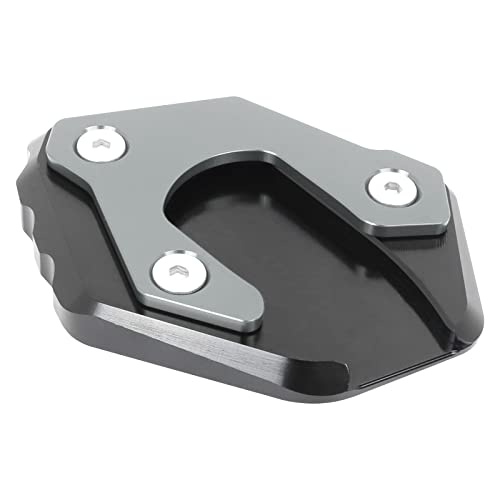Here is a site that discusses oil temperatures and oil/engine longevity:
https://www.elephantracing.com/techtopic/oiltemperature.htm
In the end it's a personal decision with some realistic plusses and some theoretical minuses. Suit yourself. If ever I wear down my battery or wear out my starter, I'll let everyone know. Thanks for the thoughtful replies!
https://www.elephantracing.com/techtopic/oiltemperature.htm
Neither leaving it run nor shutting it off is a slam dunk, which is why I will continue to shut it down selectively. Only CA has lane-spliiting, so for the vast majority, that has no bearing, even if most of us might like to see it nationwide, all our bikes will be on the scrap heap before that happens. Yeah, there is a very slim possibility you could block an emergency vehicle... if you are deaf and blind, but I doubt there are many deaf and blind riders. Being rear-ended at a light is a distinct possibility, so discretion is recommended, but no one on the Internet assumes the possibility of others being rational beings. LOLAs temperature increases and viscosity drops the oil film layer gets progressively thinner. Eventually, metal irregularities begin to contact and we no longer have hydrodynamic lubrication.
In the end it's a personal decision with some realistic plusses and some theoretical minuses. Suit yourself. If ever I wear down my battery or wear out my starter, I'll let everyone know. Thanks for the thoughtful replies!




















































